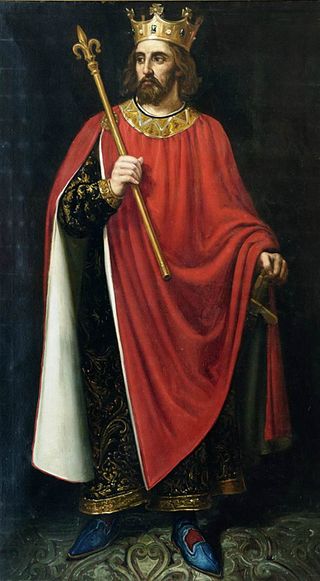
Year 1079 (MLXXIX) was a common year starting on Tuesday of the Julian calendar.
The 1090s was a decade of the Julian Calendar which began on January 1, 1090, and ended on December 31, 1099.
The 1070s was a decade of the Julian Calendar which began on January 1, 1070, and ended on December 31, 1079.
The 1100s was a decade of the Julian Calendar which began on January 1, 1100, and ended on December 31, 1109.
The 1080s was a decade of the Julian Calendar which began on January 1, 1080, and ended on December 31, 1089.

Year 1101 (MCI) was a common year starting on Tuesday of the Julian calendar. It was the 2nd year of the 1100s decade, and the 1st year of the 12th century.

Year 1097 (MXCVII) was a common year starting on Thursday of the Julian calendar.

Year 1054 (MLIV) was a common year starting on Saturday of the Julian calendar.

Year 1292 (MCCXCII) was a leap year starting on Tuesday of the Julian calendar.

Year 1275 (MCCLXXV) was a common year starting on Tuesday of the Julian calendar.

Year 1131 (MCXXXI) was a common year starting on Thursday of the Julian calendar.

Year 1094 (MXCIV) was a common year starting on Sunday of the Julian calendar.

Year 1105 (MCV) was a common year starting on Sunday of the Julian calendar.
Year 1108# (MCVIII) was a leap year starting on Wednesday of the Julian calendar.

Year 1109 (MCIX) was a common year starting on Friday of the Julian calendar.

Year 925 (CMXXV) was a common year starting on Saturday of the Julian calendar.
The 1020s was a decade of the Julian Calendar which began on January 1, 1020, and ended on December 31, 1029.

Gonzalo Salvadórez, "called Cuatro Manos on account of his great valour", was one of the most powerful Castilian noblemen of his era, a kinsman of the Lara family, and by tradition, descendant of the Counts of Castile. He was a son of Salvador González and brother of Álvaro Salvadórez, with whom he often figures in contemporary documentation. His family's area of influence was Bureba.
Ramiro Garcés was the second son of king García Sánchez III of Pamplona and queen Stephania. He was a powerful nobleman in the region around Nájera and Calahorra and a major figure at the courts of both Navarre and Castile. He was ambushed and killed while trying to take possession of the castle of Rueda de Jalón during the Reconquista.
Sancho Garcés was an illegitimate son of King García Sánchez III of Pamplona and first cousin of King Alfonso VI of León. Lord of Uncastillo and Sangüesa, he was the father of Ramiro Sánchez whose son García Ramírez was the first of a new dynasty of Navarrese monarchs.












